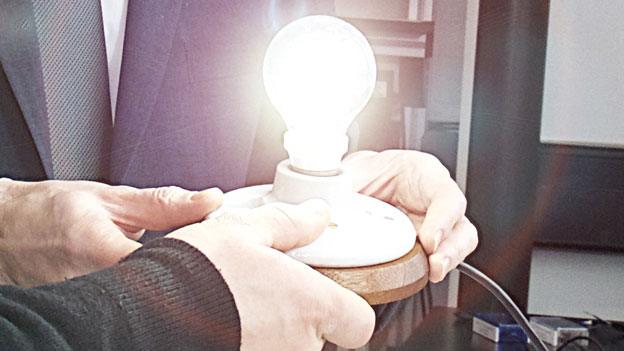Why the falling cost of light matters
- Published

Back in the mid-1990s, an economist called William Nordhaus conducted a series of simple experiments with light, external.
First, he used a prehistoric technology: he lit a wood fire.
But Prof Nordhaus also had a piece of hi-tech equipment with him - a Minolta light meter.
He burned 20lb (9kg) of wood, kept track of how long it burned for and carefully recorded the dim, flickering firelight with his meter.
Next, he bought a Roman oil lamp, fitted it with a wick, and filled it with cold-pressed sesame oil.
He lit the lamp and watched the oil burn down, again using the light meter to measure its soft, even glow.
Bill Nordhaus's open wood fire had burned for just three hours on 9kg of wood.
But a mere eggcup of oil burned all day, and more brightly and controllably.
Why did he do this?
He wanted to understand the economic significance of the light bulb.
But Prof Nordhaus also wanted to illuminate a difficult issue for economists: how to keep track of inflation, the changing cost of goods and services.

Find out more

50 Things That Made the Modern Economy highlights the inventions, ideas and innovations that helped create the economic world.
It is broadcast on the BBC World Service. You can find more information about the programme's sources and listen online or subscribe to the programme podcast.

To see why this is difficult, consider the price of travelling from - say - Lisbon in Portugal to Luanda in Angola.
When that journey was first made, by Portuguese explorers, it would have been an epic expedition, possibly taking months.
Later, by steam ship, it would have taken a few days; then, by plane, a few hours.
An economic historian could start by tracking the price of passage on the ship, but once an air route has opened up, which price do you look at?
Unbundling the cost
Maybe you simply switch to the airline ticket price once more people start flying than sailing.
But flying is a different service - faster, more convenient.
If more travellers are willing to pay twice as much to fly, it hardly makes sense for inflation statistics to record that the cost of the journey has suddenly doubled.
It was to raise this question over the way we measure inflation that Bill Nordhaus started fooling around with wood fires, oil lamps and light meters.
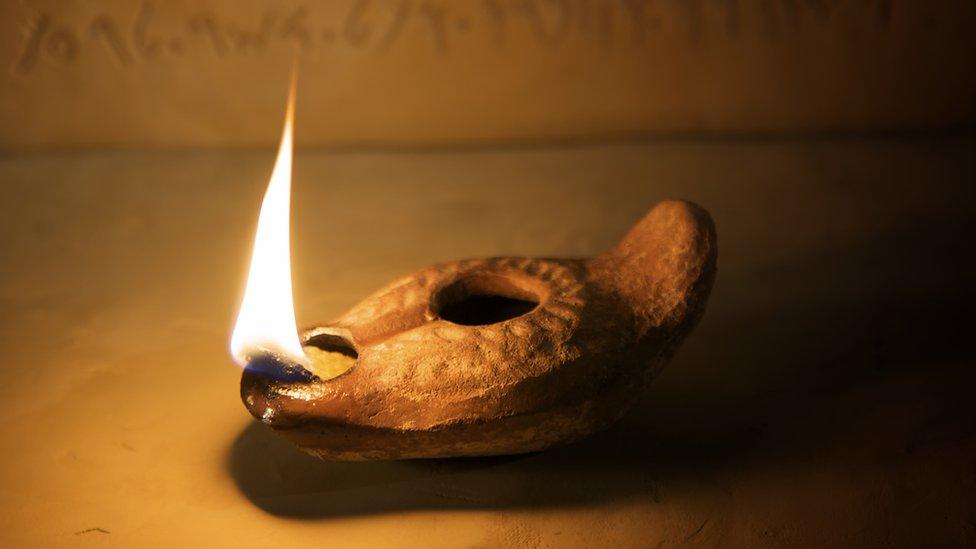
Prof Nordhaus found the Roman oil lamp offered much better light
He wanted to unbundle the cost of a single quality that humans have cared deeply about since time immemorial, using the state-of-the-art technology of different ages: illumination.
Light is measured in lumens, or lumen-hours.
A candle gives off 13 lumens while it burns.
A typical modern light bulb is almost 100 times brighter than that.
Prohibitively expensive
Imagine gathering and chopping wood 10 hours a day for six days.
Those 60 hours of work would produce 1,000 lumen hours of light.
That is the equivalent of one modern light bulb shining for just 54 minutes, although what you would actually get is many more hours of dim, flickering light instead.
Of course, light is not the only reason to burn fires: they also help keep you warm, cook your food and scare off wild animals.
If you just needed light and a wood fire was your only option, you might decide to wait until the Sun comes up.
Thousands of years ago, better options came along - candles from Egypt and Crete, and oil lamps from Babylon.
Their light was steadier and more controllable, but still prohibitively expensive.
In a diary entry of May 1743, the president of Harvard University, the Reverend Edward Holyoake, noted that his household had spent two days making 78lb (35kg) of tallow candles.
Six months later, he noted: "Candles all gone."
And those were the summer months.

More from Tim Harford

Nor were these the clean-burning paraffin wax candles we use today.
The wealthiest could afford beeswax, but most people - even the Harvard president - used tallow candles, stinking, smoking sticks of animal fat.
Making them involved heating up animal fat and dipping and re-dipping wicks into the molten lard.
It was pungent and time-consuming work.
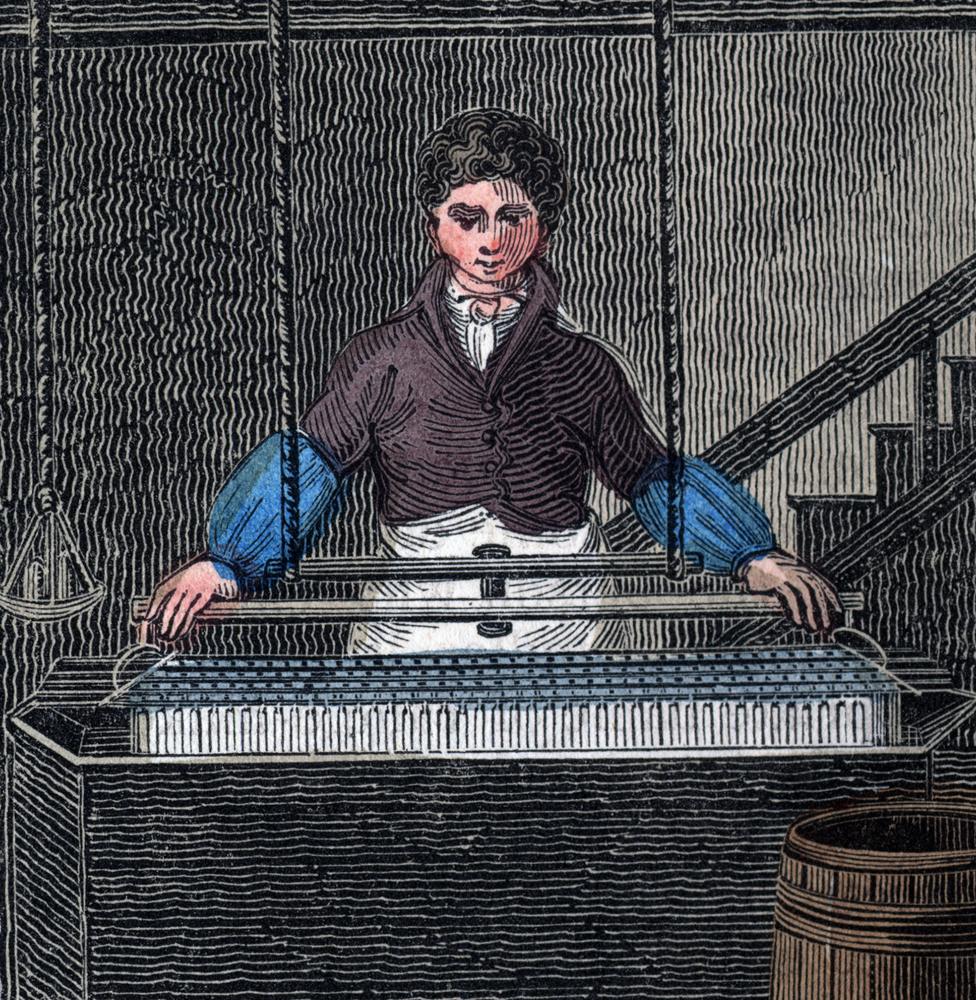
A tallow chandler dips a frame of candles into a bath of liquid fat
According to Prof Nordhaus's research, if you set aside one whole week a year to spend 60 hours devoted exclusively to making candles - or earning the money to buy them - that would enable you to burn a single candle for just two hours and 20 minutes every evening.
Things improved a little as the 18th and 19th Centuries unfolded.
Candles were made of spermaceti - the milk-hued oily gloop harvested from dead sperm whales.
American founding father Ben Franklin loved the strong, white light they gave off, and the way they "may be held in the hand, even in hot weather, without softening", and noted that they "last much longer".
Great leap forward
While the new candles were pleasing, they were also pricey.
George Washington calculated that burning a single spermaceti candle for five hours a night all year would cost him £8, or well over $1,000 (£820) in today's money.
A few decades later, gas lamps and kerosene lamps helped to lower costs.
They also saved the sperm whale from extinction.
But they, too, were basically an expensive hassle.
They dripped, smelt and set fire to things.

Thomas Edison's carbon filament light bulbs represented an enormous technological leap forward
Then something changed.
That something was the light bulb.
By 1900, one of Thomas Edison's carbon filament bulbs would provide you with 10 days of bright, continuous illumination, 100 times as bright as a candle, for the money you could earn with our 60-hour week of hard labour.
By 1920, that same week of labour would pay for more than five months' continuous light from tungsten filament bulbs.
By 1990, it was 10 years.
A couple of years after that, thanks to compact fluorescent bulbs, it was more than five times longer.
Icon of innovation
The labour that had once produced the equivalent of 54 minutes of quality light now produced 52 years.
And modern LED lights continue to get cheaper and cheaper.
Switch off a light bulb for an hour and you are saving illumination that would have cost our ancestors all week to create.
It would have taken Benjamin Franklin's contemporaries all afternoon.
But someone in a rich industrial economy today could earn the money to buy that illumination in a fraction of a second.

LED bulbs offer sharper, cheaper and more energy efficient illumination
And of course, unlike oil lamps and candles, modern light bulbs are clean, fire-safe and controllable.
The light bulb has become an icon of innovation.
It has transformed our society into one where we can work, read, sew or play whenever we want to, regardless of how dark the night has become.
But the price of light alone tells a fascinating story: it has fallen by a factor of 500,000, far faster than official inflation statistics suggest.
A thing that was once too precious to use is now too cheap to notice.
Tim Harford writes the Financial Times's Undercover Economist column. 50 Things That Made the Modern Economy is broadcast on the BBC World Service. You can find more information about the programme's sources and listen online or subscribe to the programme podcast.
- Published3 January 2017
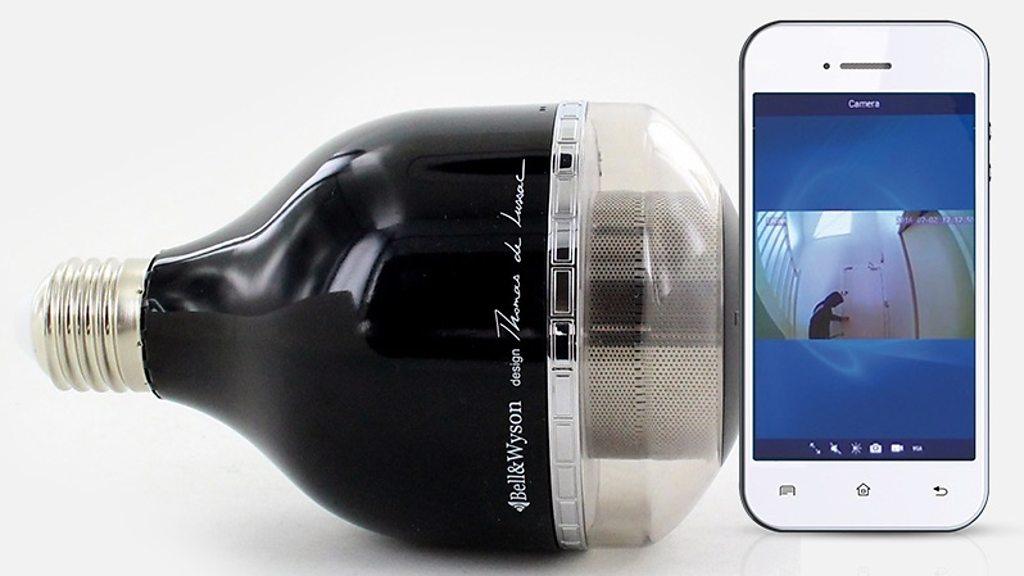
- Published27 July 2016
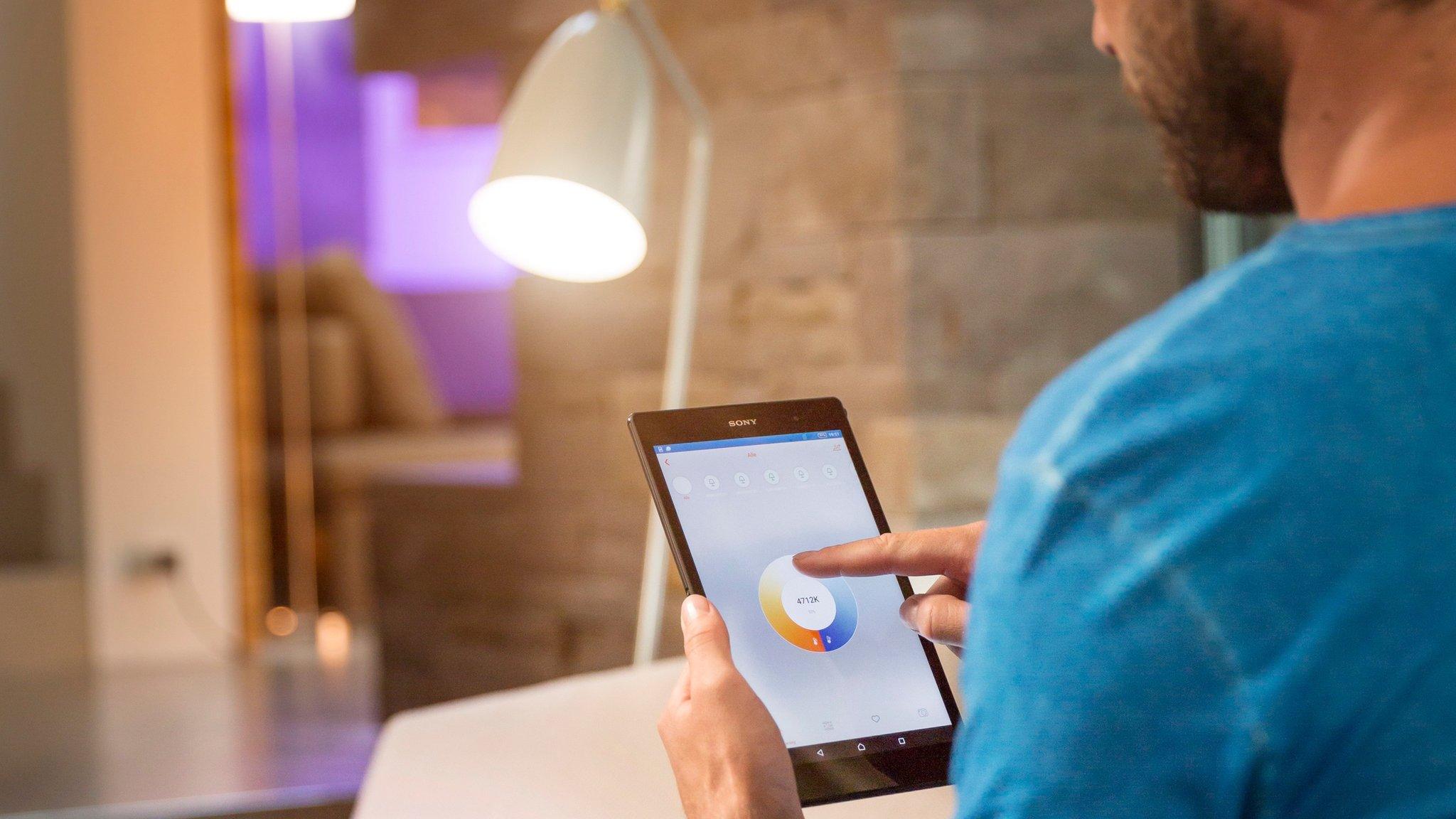
- Published12 January 2016
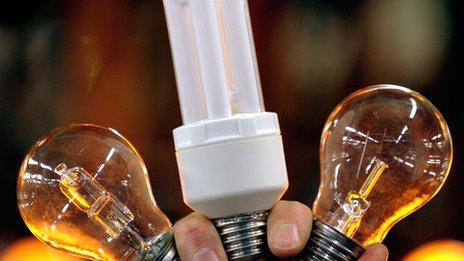
- Published28 March 2015
